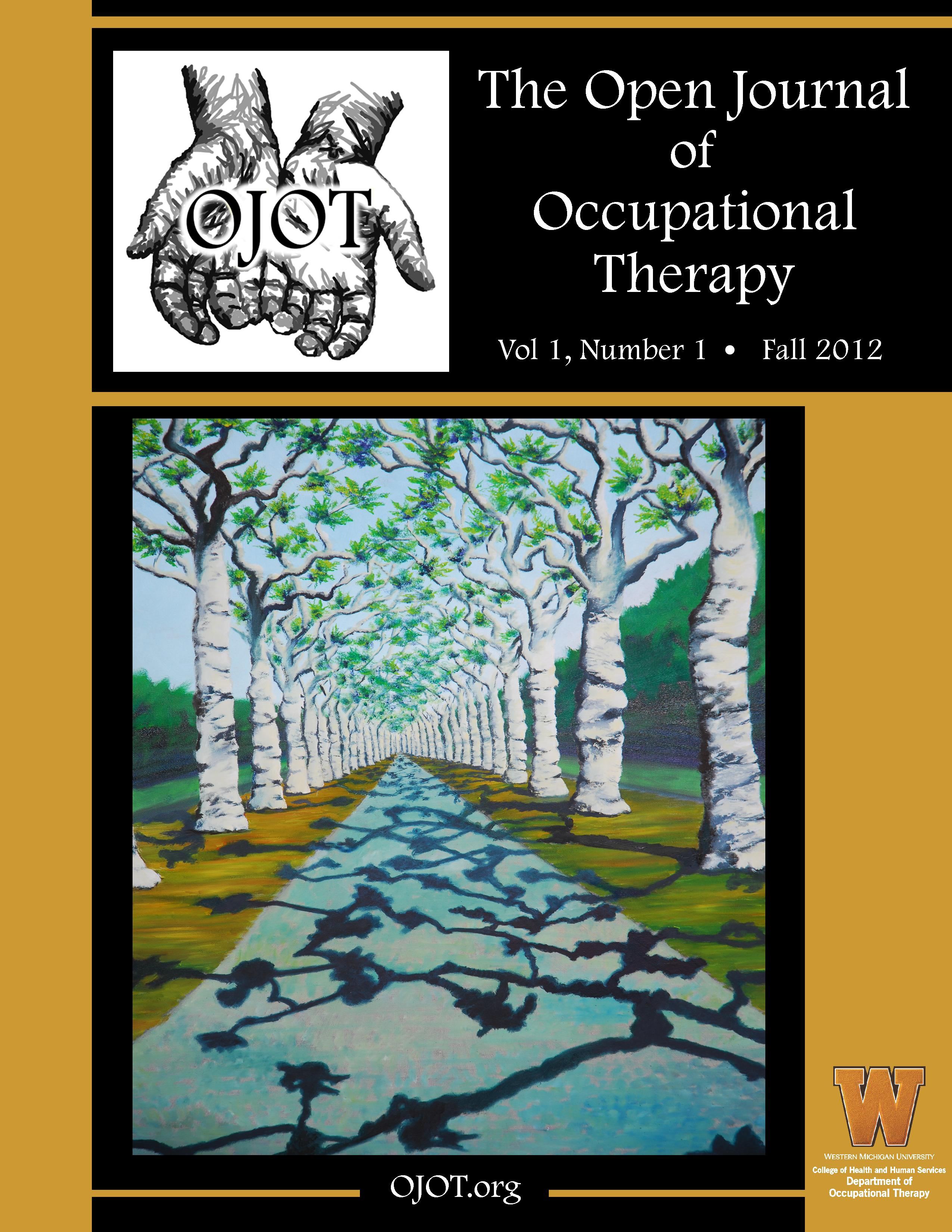ScholarWorks > HHS > OT > OJOT > Vol. 5 > Iss. 4 (2017)
Credentials Display
Tore Bonsaksen, Associate Professor; Mikkel M. Thørrisen, PhD candidate; Talieh Sadeghi, PhD candidate
Abstract
Approaches to studying may be influenced by students’ age, maturity, and experience in higher education. Students’ approaches to studying may develop toward deep and/or strategic approaches and away from a surface approach as they move through the curriculum, which is generally considered a positive development. This study aimed to identify differences in approaches to studying among first-, second-, and third-year students enrolled in an occupational therapy program. Three cohorts of students (n = 160) from one university college completed the Approaches and Study Skills Inventory for Students (ASSIST) along with sociodemographic information. One-way analyses of variance were used to identify differences in approaches to studying among the student cohorts. The scores on the ASSIST were largely similar between the cohorts. However, first-year students had higher scores on the surface approach and on syllabus-boundness, compared to third-year students. There was a linear trend of decreasing scores on these two scales: from highest among first-year students to lowest among third-year students. With few exceptions, students in three cohorts showed similar levels of deep, strategic, and surface approaches to studying. More efforts should be placed on assisting students to adopt a deep and/or strategic approach to studying and to reduce a surface approach.
Recommended Citation
Bonsaksen, T., Thørrisen, M. M., & Sadeghi, T. (2017). Occupational Therapy Students in Norway: Do Their Approaches to Studying Vary by Year In the Program?. The Open Journal of Occupational Therapy, 5(4). https://doi.org/10.15453/2168-6408.1339
Included in
Curriculum and Instruction Commons, Educational Assessment, Evaluation, and Research Commons, Occupational Therapy Commons


